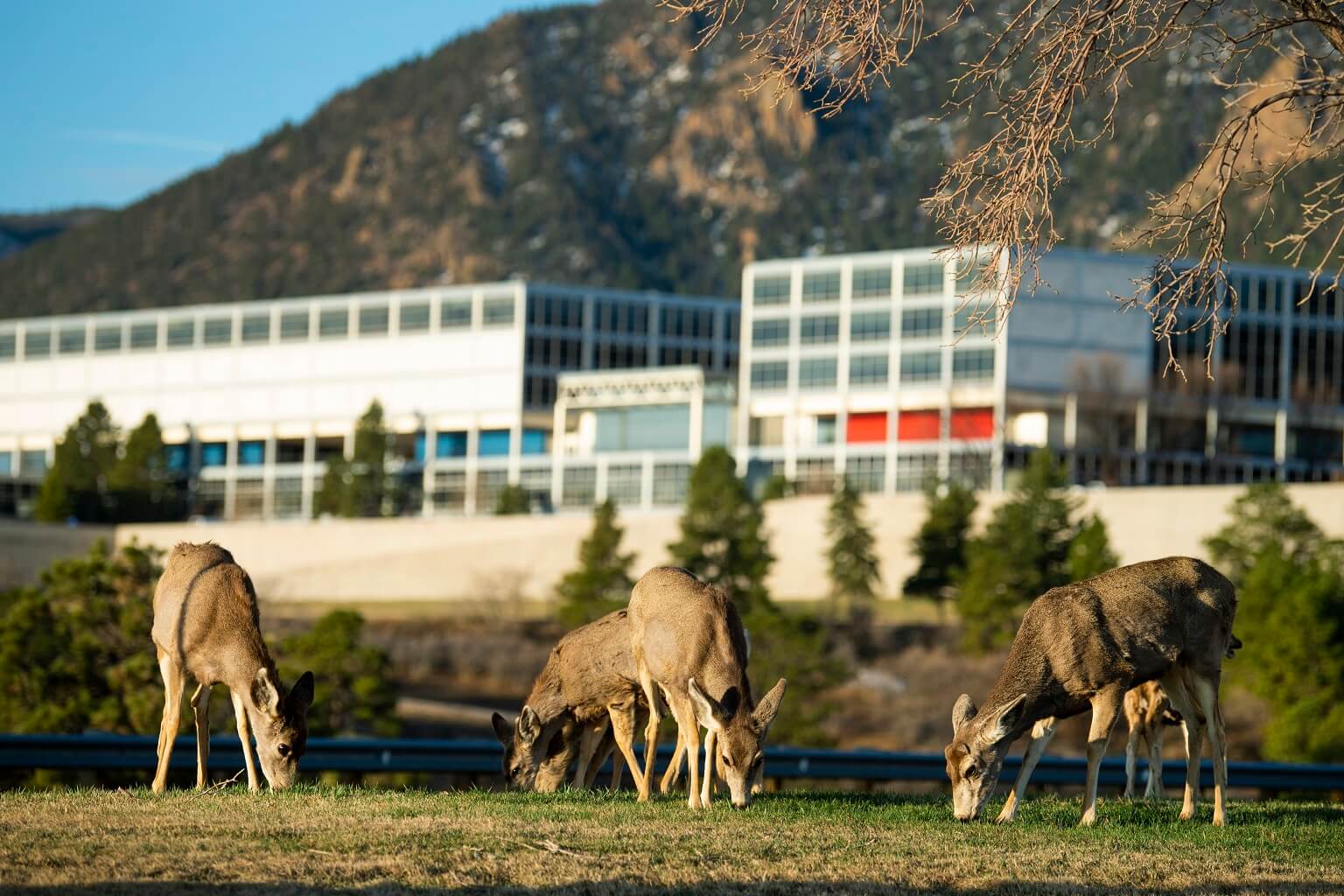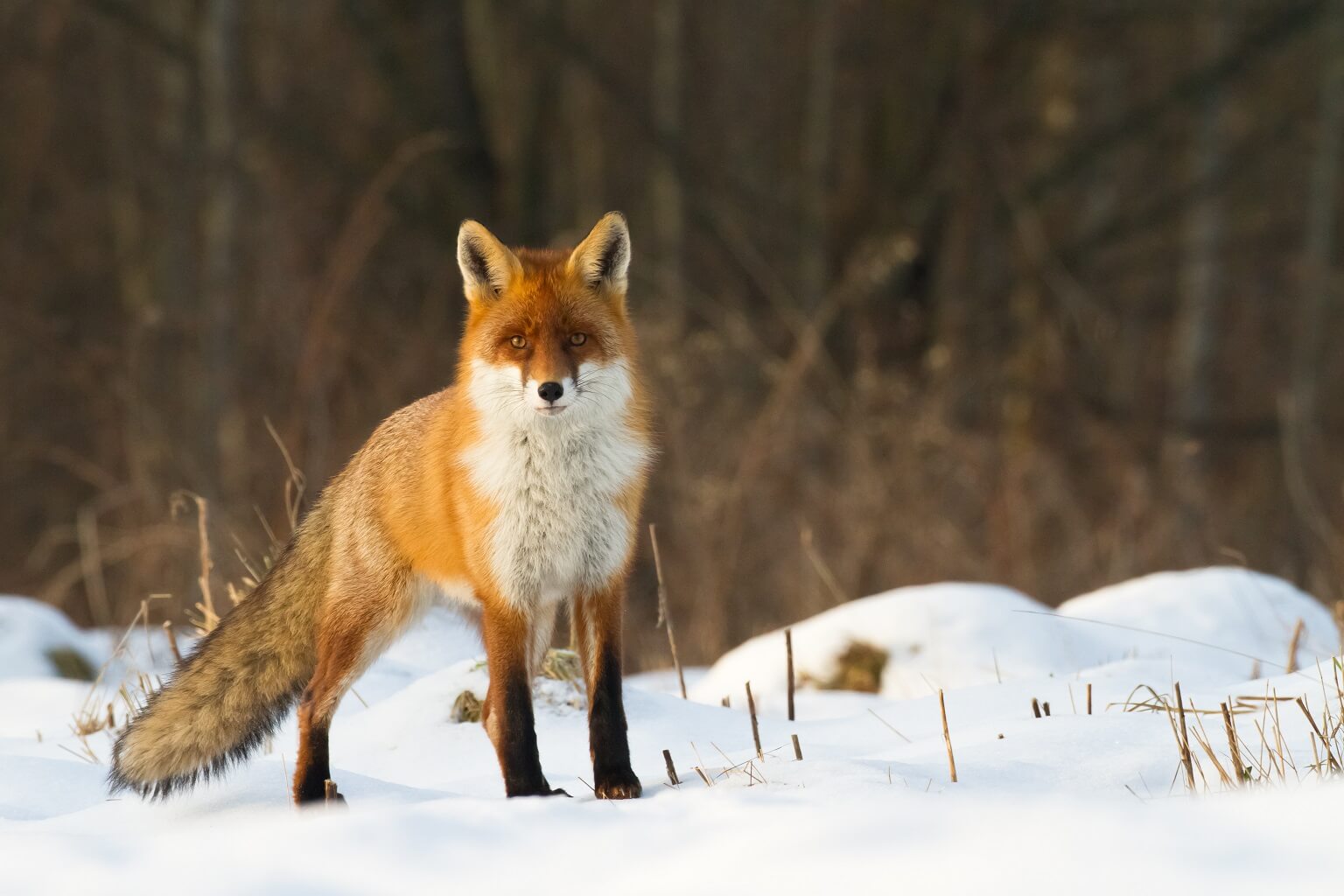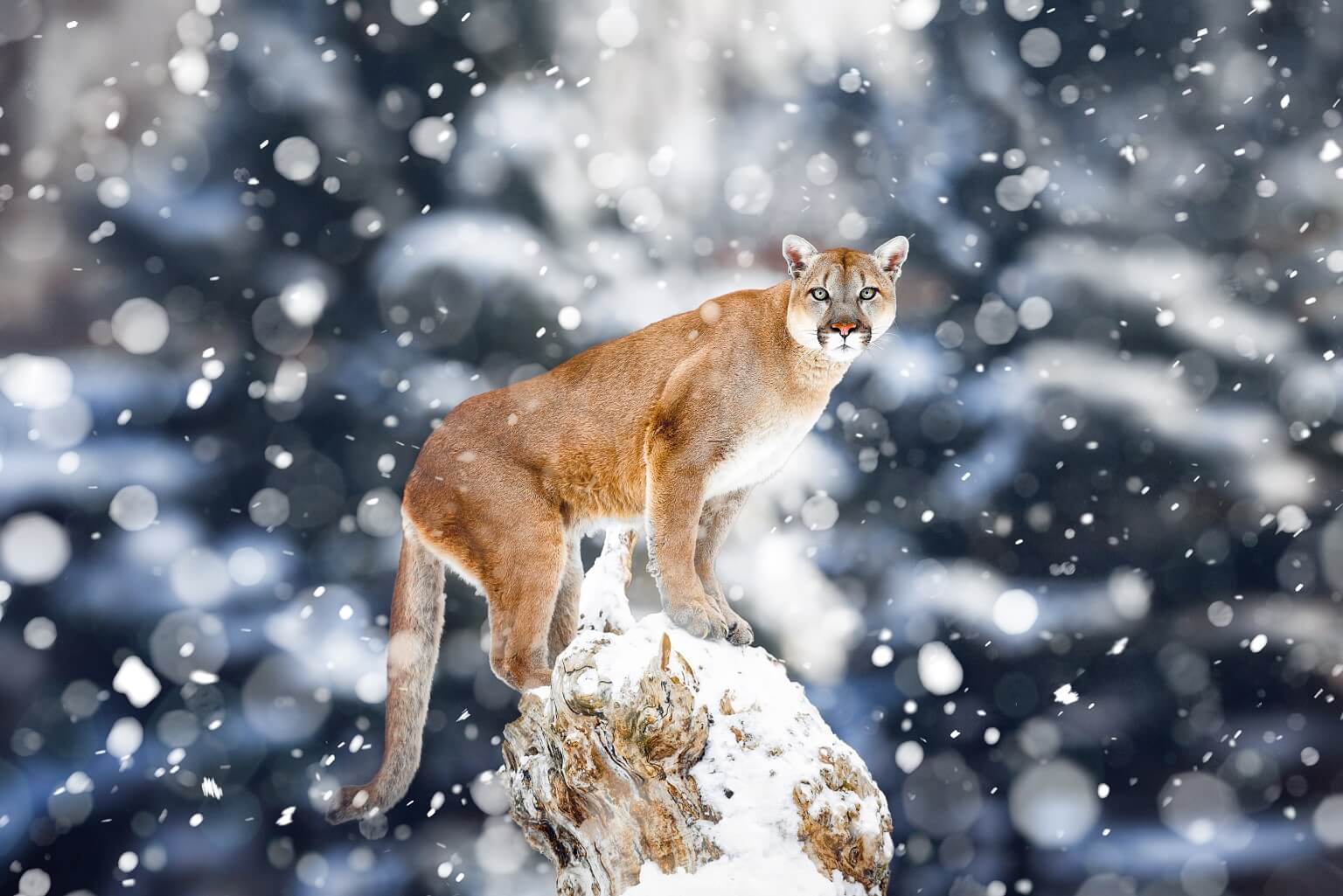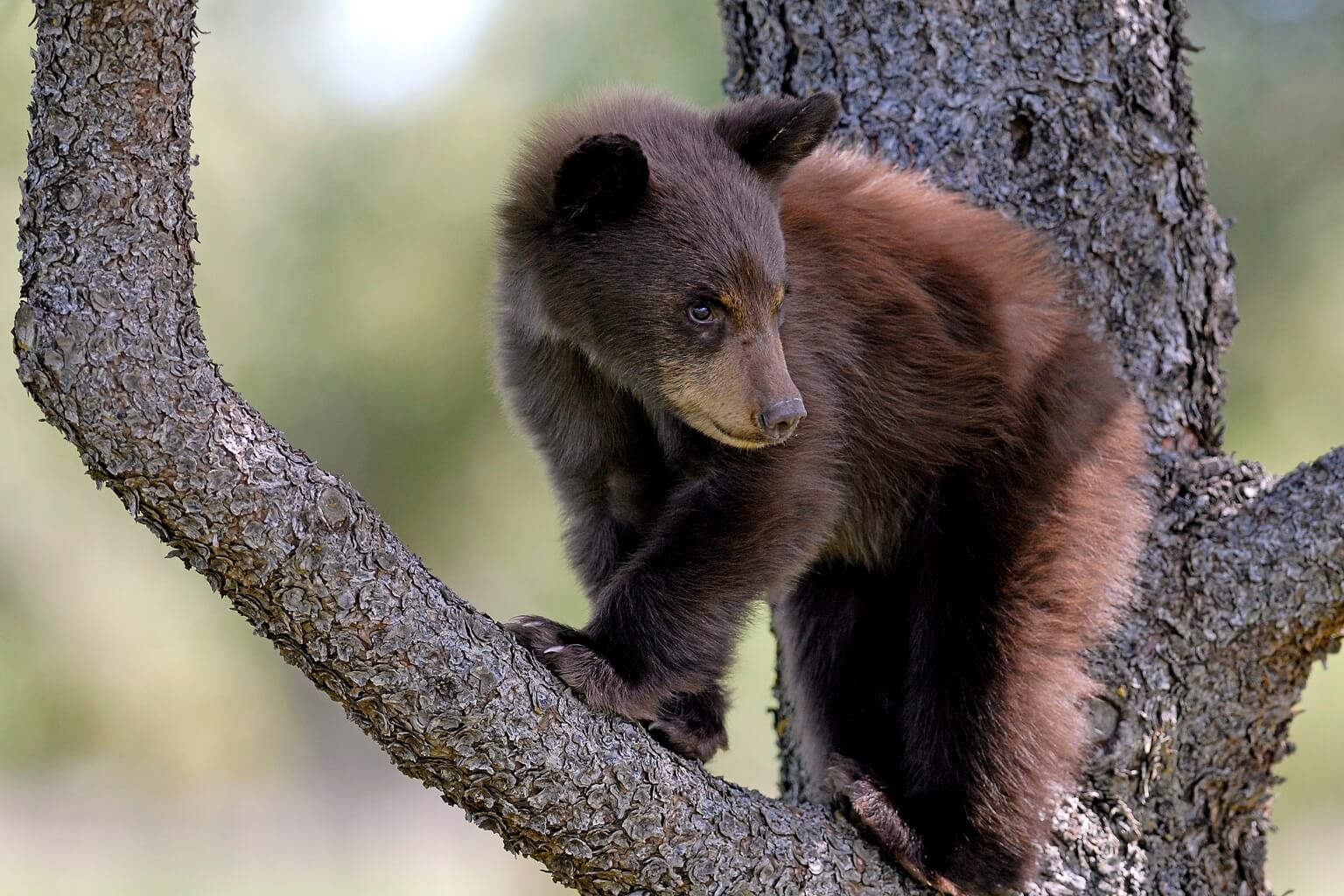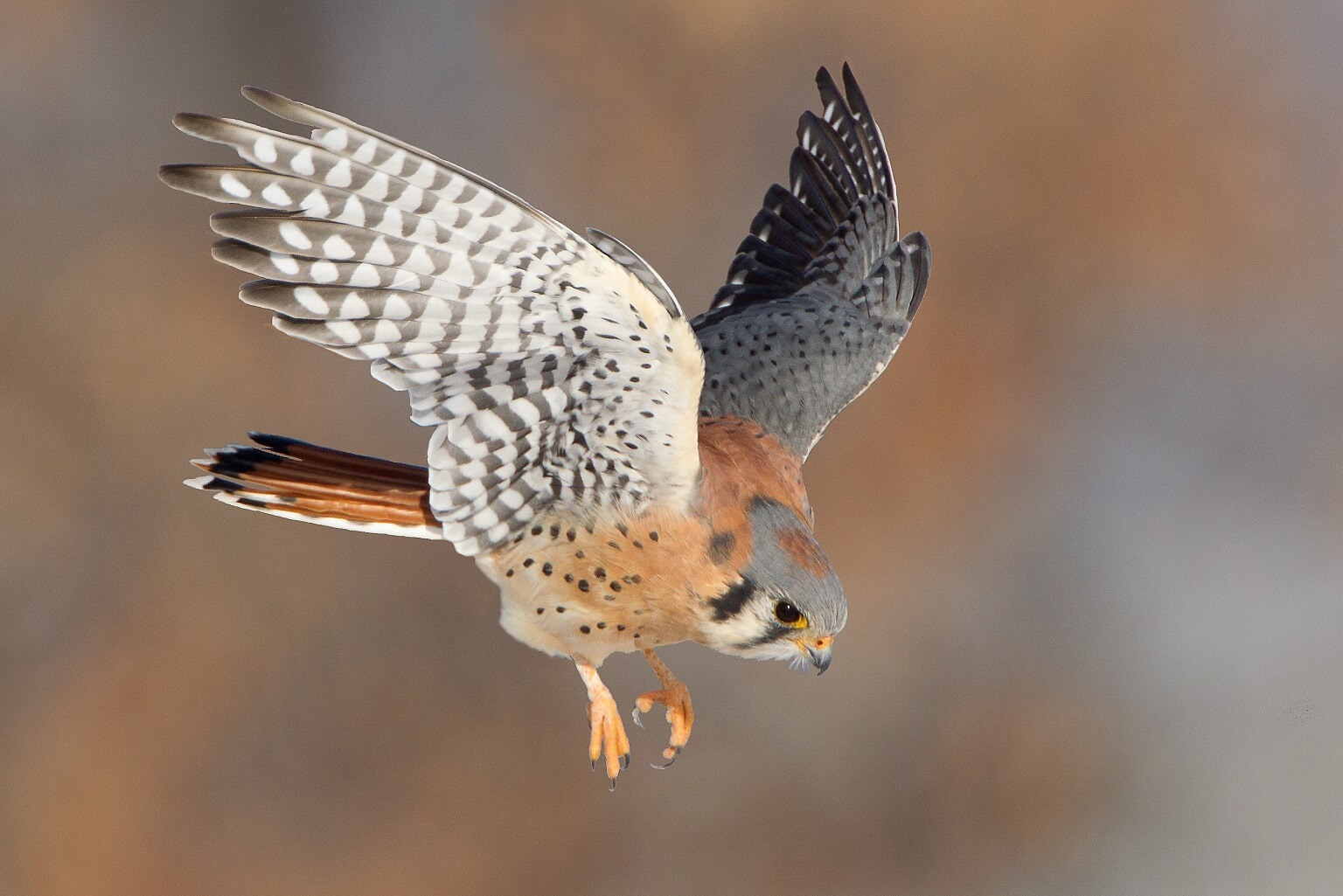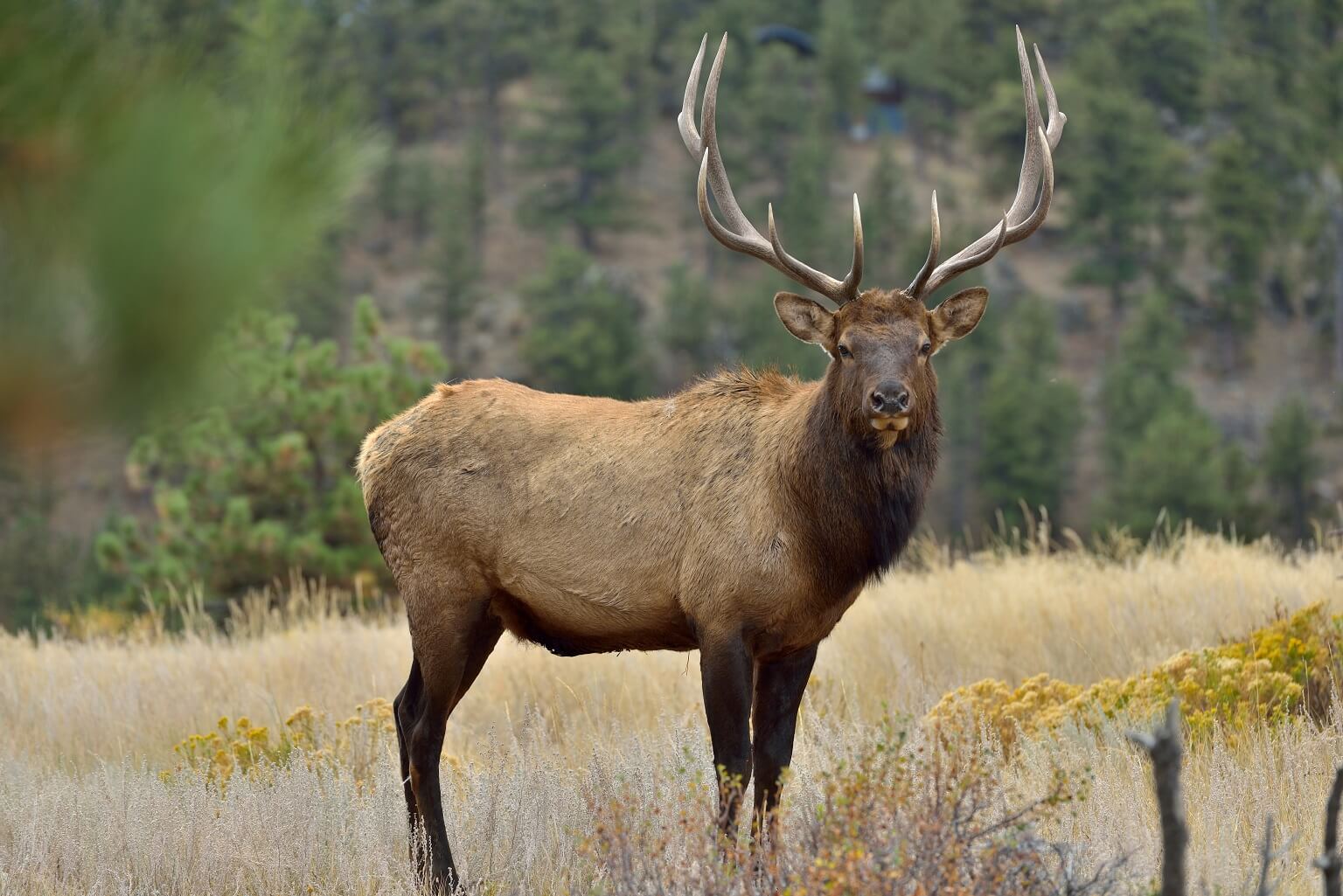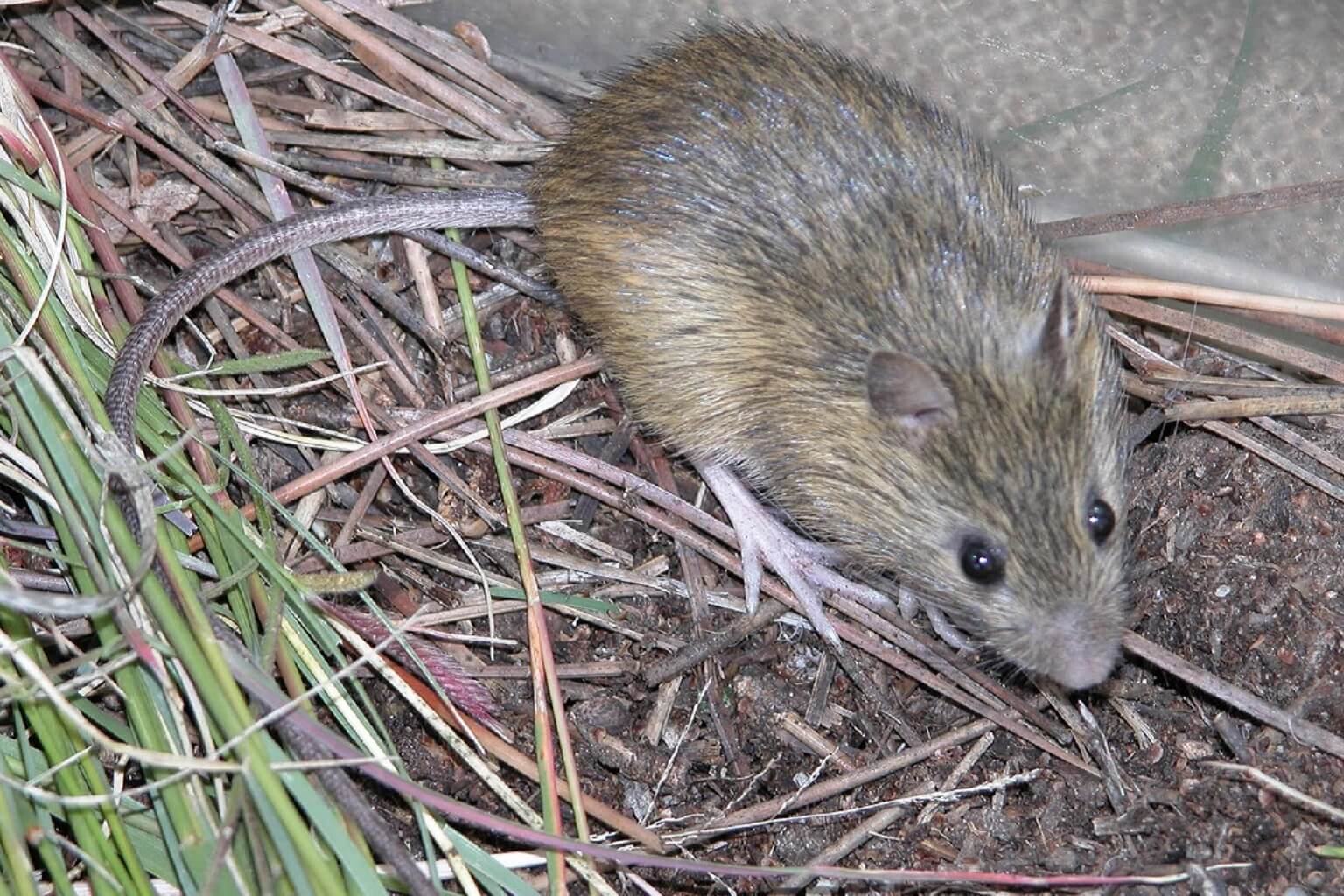-
What other creatures call the Academy home?
In addition to the animals featured above, the Air Force Academy is home to a myriad of wildlife including coyotes, bobcats, prairie dogs, bats, raccoons, beavers, white-trailed deer, cottontail rabbits, and a variety of migratory birds.
-
What measures are being taken to protect the wildlife?
The Air Force Academy Natural Resources Office works closely with U.S. Fish and Wildlife Services and Colorado Parks and Wildlife biologists to protect and manage the habitat and wildlife, which is vulnerable to human activity and development. To learn more, call the Natural Resources Office at 719-333-3308.
-
How can I spot wildlife?
Whether hiking with binoculars and a guidebook, driving, or cycling the roads and trails, you can enjoy all sorts of wildlife viewing opportunities, especially if your timing is right. Early morning and evenings often offer the best viewing opportunities when wildlife are usually most active. To protect yourself and the wild animals, follow these simple viewing rules: observe animals from a distance, move slowly, speak softly, never chase or harass animals, keep pets leashed, and do not feed or attempt to touch wildlife.
-
Who should I contact if wildlife is posing a threat?
Small mammals like bats, rabbits, squirrels, mice, prairie dogs, and raccoons can carry and transmit disease and should be left alone. The same guidance applies to non-venomous and venomous snakes. Larger animals such as fox, coyote, bobcat, deer, black bear, and mountain lion present a greater safety hazard when close to people.
The Natural Resources office and Colorado Parks and Wildlife does not routinely destroy, trap, or relocate wildlife that are not posing an immediate threat to public health or safety, or causing significant property damage. If animals are causing a problem near a residence or facility, contact Pest Management at 719-333-2790 or Natural Resources at 719-333-3308. To report after-hours wildlife issues, contact 10th Security Forces at 719-333-2000.
The single greatest attractant of hazardous and nuisance wildlife is garbage in trash cans and dumpsters. Animal-resistant trash containers and dumpsters are highly effective at deterring wildlife, however, a trash container is only secure and effective if all the doors and lids are closed and latched. Damaged or broken trash receptacles should be reported to the Housing Office at 719-867-9688 or Civil Engineering at 719-333-2790 depending on who provides and services the container.
